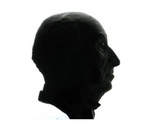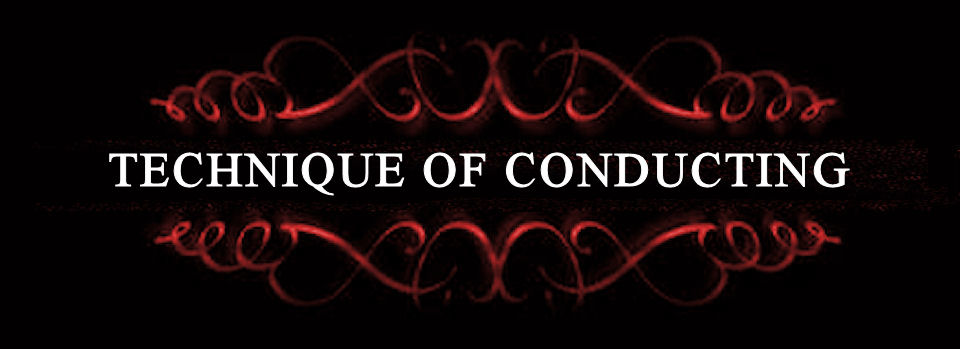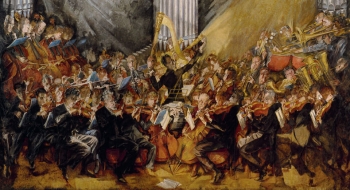Probably (I hope) many of you will have wondered how the players perceive your gesture, considering also and above all the fact that they read the part, they do not look at you.
In the following video you will find the solution to the question (as long as you have never asked it)
How to conduct music with Ennio Nicotra: how musicians perceive the impulses










